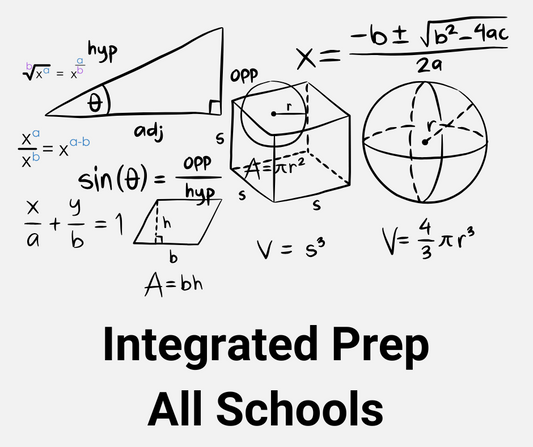Is Square a Rectangle? Short Answer, YES
Share
The question of whether a square qualifies as a rectangle is a common one in geometry. To address this, it's essential to compare the defining properties of both shapes.
Defining the Shapes
-
Rectangle: A quadrilateral characterized by four right angles (each measuring 90 degrees) and opposite sides that are equal and parallel.
-
Square: A specific type of quadrilateral that not only has four right angles but also four sides of equal length.
Shared Properties
Both squares and rectangles share several fundamental properties:
-
Four Right Angles: Each interior angle in both shapes measures exactly 90 degrees.
-
Parallel Opposite Sides: In both figures, opposite sides are parallel to each other.
-
Equal Opposite Sides: While rectangles have opposite sides that are equal in length, squares take this a step further by having all four sides of equal length.
-
Equal Diagonals: The diagonals in both shapes are of equal length and bisect each other.
What Makes a Square a Special Rectangle?
A square meets all the criteria that define a rectangle: it has four right angles, and its opposite sides are equal and parallel. However, a square also possesses additional properties that distinguish it from a typical rectangle:
-
All Sides Equal: Unlike a general rectangle, which requires only opposite sides to be equal, a square has all four sides of equal length.
-
Perpendicular Diagonals: The diagonals of a square not only bisect each other but do so at right angles (90 degrees), a property not shared by all rectangles.
Conclusion
In summary, a square is indeed a rectangle because it fulfills all the fundamental properties that define a rectangle. The additional characteristics of equal side lengths and perpendicular diagonals make the square a special subset within the broader category of rectangles. Therefore, while all squares are rectangles, not all rectangles are squares.




